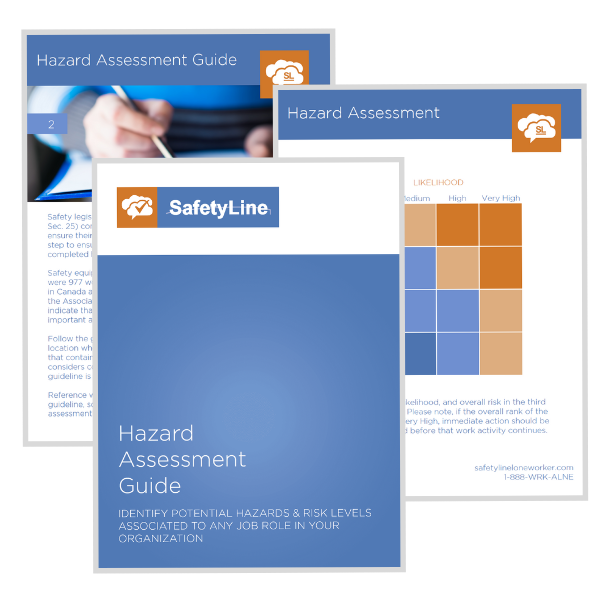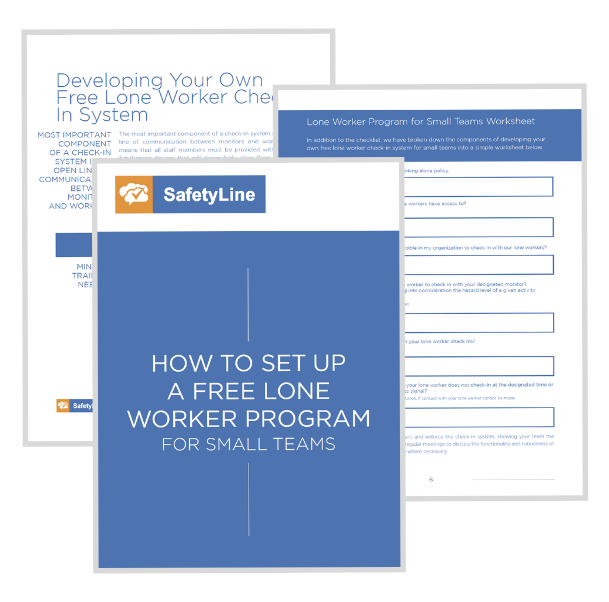Workplace Hazards Series: Biological Hazards
No workplace is immune from biological hazards. They can appear and disappear due to a variety of factors so it is important for one to be prepared for them in the workplace. For part 3 of 7 in our Workplace Hazards series, we are covering biological hazards. A biological safety hazard is a substance produced by an organism that may pose a threat to human health. Anything that can cause harm to people, animals, or infectious plant materials can be considered a Biological Hazard. They exist in most workplaces that involve working around other people, in unsanitary conditions, in labs, or in the environment.
How to know if something is a biological hazard
Any risk that comes from the biosphere – people, plants, and animals – can be considered biological hazards. Some examples of biological hazards are:
Mold and Fungi
Blood and Body Fluids
Sewage
Airborne pathogens such as the common cold
Stinging insects
Harmful plants
Animal and Bird Droppings
Once biological hazards have been identified, it is important to put together a safety plan to mitigate the risks. While putting together this plan the organizer should consult employees in the workplace as well as answer the following questions.
Questions to ask about biological hazards when assessing your workplace
Are my employees working around other people who may have a contagious disease or sickness?
Do my employees work with or around animals and insects?
Is the workspace clean and clear of mold and fungi?
Will my employees be working around potentially hazardous pathogens or biological materials such as sewage?
If my employees are around biological hazards, do they have the proper protective equipment to be safe?
Are there any “sharp” materials that need to be cleaned regularly and properly and/or disposed of safely and securely?
What to do once you have identified biological hazards have been identified:
Once you have identified biological hazards in the workplace it is important to eliminate as many as possible as well as reduce their risk to employees. By implementing controls in the workplace, the risk of biological hazards can be greatly reduced and in some cases, eliminated completely. Two types of controls that can be used to address biological hazards are administrative and engineering controls.
Administrative vs. engineering controls
Engineering controls reduce risk through physical means. Some examples of engineering controls for biological hazards are: regular cleaning of the workplace, pest prevention/extermination, requiring that safety equipment be used and worn, and proper disposal of materials and items that may pose a biological risk.
Administrative controls reduce risk by changing work processes and activities to make them more safe. Some examples of administrative controls include allowing proper sick leave to employees, providing immunization programs, and limiting exposure to potential biological safety hazards and training staff to work safely around them.
Once administrative and engineering controls have been implemented, it is important to revise your safety strategy at least once a year and every time the workplace conditions change. For some workplaces, the changing of the seasons can affect these controls so it is important to regularly monitor the biological conditions that your employees are working in.
How working alone increases risk from biological hazards
Working alone makes people more vulnerable to biological safety hazards because they may not be able to seek help as quickly and as easily. Additionally, some biological hazards are hard to identify. If the employee is working outside, there is an added risk for exposure to biological hazards. For example, a worker who is allergic to bee stings may experience a severe allergic reaction and might be unable to call for help. In this situation a lone worker monitoring system such as SafetyLine can help the employee raise an alarm and receive help quickly.Biological hazards can be elusive. They can appear and then disappear in a short period of time so it is important to know how to recognize and prepare for them. For more information on workplace safety hazards make sure you check out our 7-part series on the topic as well as download our Hazard Assessment Guide below:




